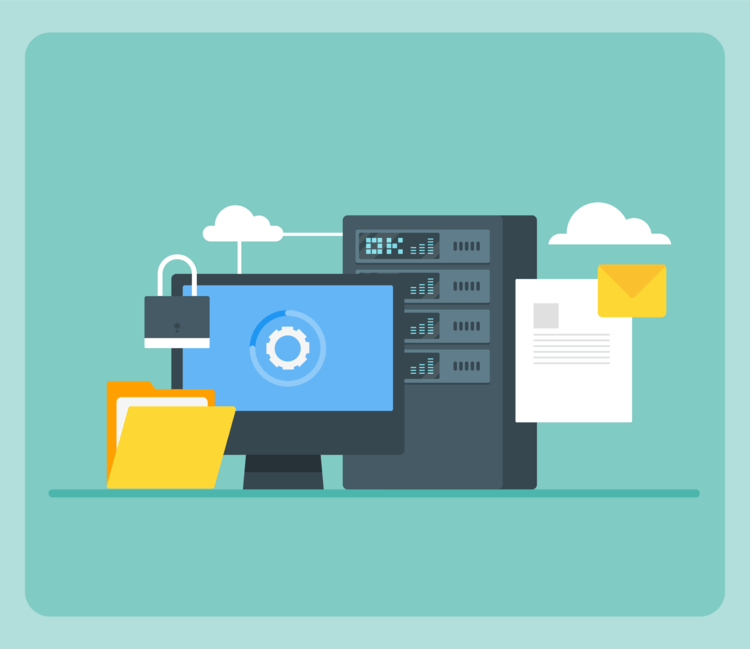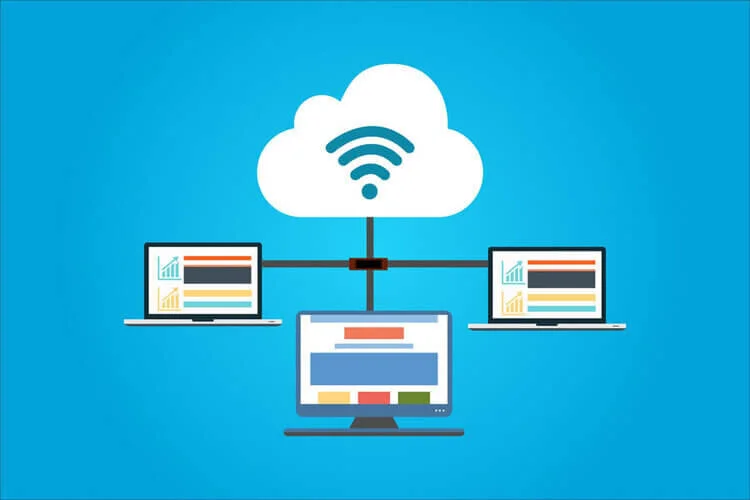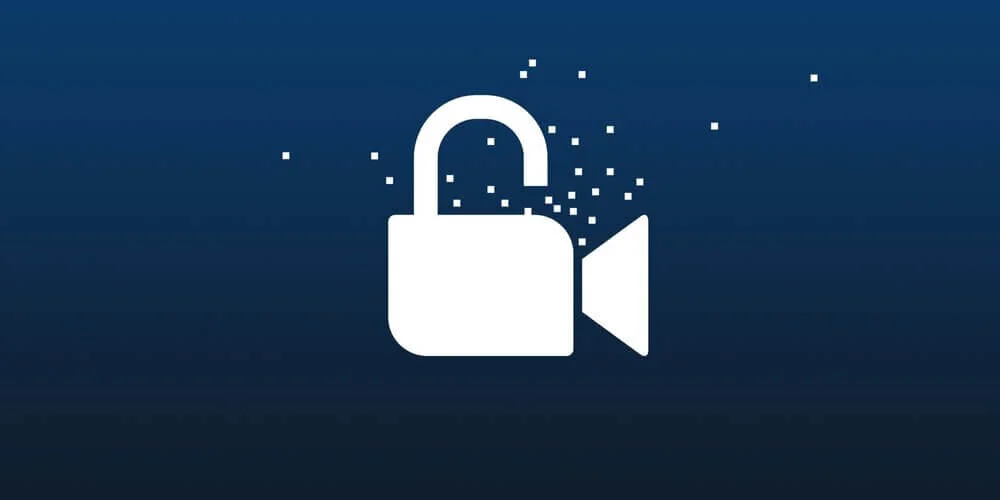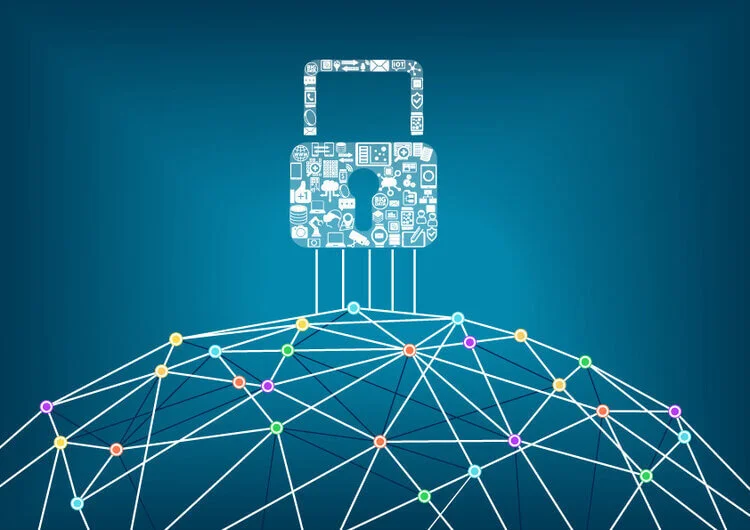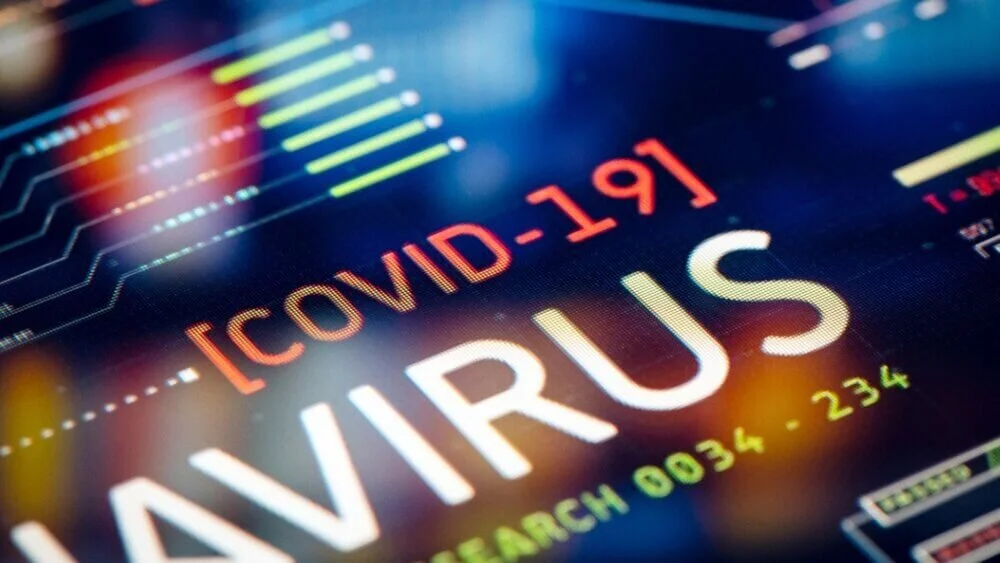Two weeks ago, the world saw an 8-minute video of George Floyd being murdered. This was an indefensible act of racism, and unfortunately, it was just one example of many. We’ve been appalled by these brutal instances of bigotry and hate, which, coupled with the many voices of and stories from BIPOC, has shined a much-needed light on hidden aspects of racial injustice in our communities. We want a more just world, but we understand that this won’t be achieved without deliberate action and difficult self-reflection.
Read MoreDuring a data loss crisis, having a comprehensive backup strategy will make an otherwise devastating situation a non-issue. Victims of data loss disasters almost always tell us they greatly regret ignoring their backup strategy previously and would have paid anything to go back in time to invest in backups. Fortunately, most solid backup strategies, like insurance, are relatively inexpensive—the biggest hurdle is deciding to invest a little time to choose and implement the right strategy for your organization.
Read MoreCloud filesharing systems are all the same, right? Think again. While most of the household names boast similar features and pricing, there are dozens of other variables you should consider, some of which have significant financial, security, or business-continuity implications. The only thing worse than living through an IT nightmare is finding out you were overly optimistic about your recovery options. Details that don’t seem critical in normal times become the difference between maintaining seamless operations and shutting down for an extended outage or, even worse, losing valuable data.
Read MoreWith the recent news about Zoom, you may be concerned with the security of their video conferencing platform. From embarrassing “Zoom-bombings”, to vulnerabilities, to data leaks, you might feel like you should avoid using Zoom altogether. We also had our concerns as we rely heavily on Zoom, but the good news is that many of the issues can be resolved with previously-available configuration options, and Zoom has responded with new features and bug patches. We believe that you can use Zoom safely by making a few quick configuration changes and following simple best practices.
Read MoreIn today’s world of remote work, your users and data are typically not protected by office firewalls, making them especially vulnerable to cybersecurity threats. As a result, experts are seeing a dramatic increase in attacks (and successful attacks) on remote workers. Based on our experience working with hundreds of startups and growth companies, the basic vulnerabilities are pretty static, but the vast majority of small companies don’t have them covered.
Read MoreIn today’s socially-distanced work environment, technology has become the main avenue to connect with others and maintain sanity. Social-media apps like Instagram, Facebook, and Snapchat can be great for maintaining personal relationships, but for work relationships, most people are relying on Slack or Teams chats, virtual meetings, and the occasional, awkward Zoom happy hour. At Kinetix we’ve been experimenting with using technology tools in innovative ways to continue and extend the social atmosphere we had while working at an office.
Read MoreWhile your home offers physical safety and security, it’s a much less secure place for work. New research from cybersecurity experts estimates that 50% percent of home networks are exposed to undetected security threats, compared with 12% of corporate networks. And while IT teams usually have full visibility and control over office networks, they usually have no access to users’ home networks. While it’s reasonable to be optimistic about a short- or medium-term return to the virtual shelters that are our corporate networks, the reality is that remote work is here to stay and will continue to become more popular.
Read MoreWith the sudden increase in remote working arrangements, many businesses are now conducting the majority of their operations outside the safety of their corporate IT infrastructure. With this lowering of defenses, experts have started seeing a rapid increase in cyberattacks using customized terms related to the epidemic (ex. “COVID-19”, “COV-2”, and “coronavirus”). From here, bad actors are then using these terms, emotion, alleged expertise, and false urgency to pose as reputable groups and local, state and federal governments.
Read MoreEvery company has a thorough, longstanding, regularly-tested, and comprehensive business continuity plan, right? Probably not. In fact, 68% of small to medium-sized businesses have no form of business continuity plan at all, handling all of their continuity incidents purely reactively. Current events make business continuity planning more relevant than ever. With the growing concerns over the COVID-19 virus pushing more and more organizations to push employees to work from home, having a solid plan and proper tools in place will be necessary for success.
Read More

